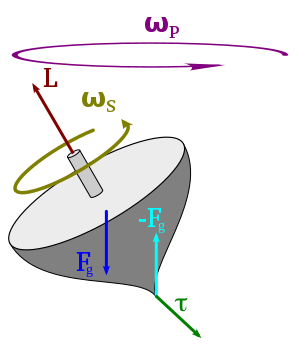tom8658
Birdie Member
Your explanation was incorrect in that the airspeed over the disc does not vary from side to side, only from front to back. A disc correctly called an axi-symmetric spin-stabilized wing.
I should explain - what you wrote about air movement is correct for a certain definition of "sides", it's just that that definition is not the most useful way to understand disc flight.
is it? i dont understand a lot of these physics terms. my teaching method is all based on experience. it seems to me that if you instruct to aim with the leading edge (read: left side (rhbh)) of the disc, they can aim (and miss) a lot smaller.
It's like swinging the opposite end of a baseball bat or a hammer - it's a method to create leverage, not a physically useful definition of the disc as a wing. If you defined some point on the disc rim and called it the nose, you could, in fact, describe the flight of the disc in terms of the "nose", but it wouldn't be the same as the aeronautical definition of the leading edge of a wing, because sometimes the nose is the leading edge, but most of the time it isn't. The physics are all the same, but they will look drastically different and be horribly complex.


